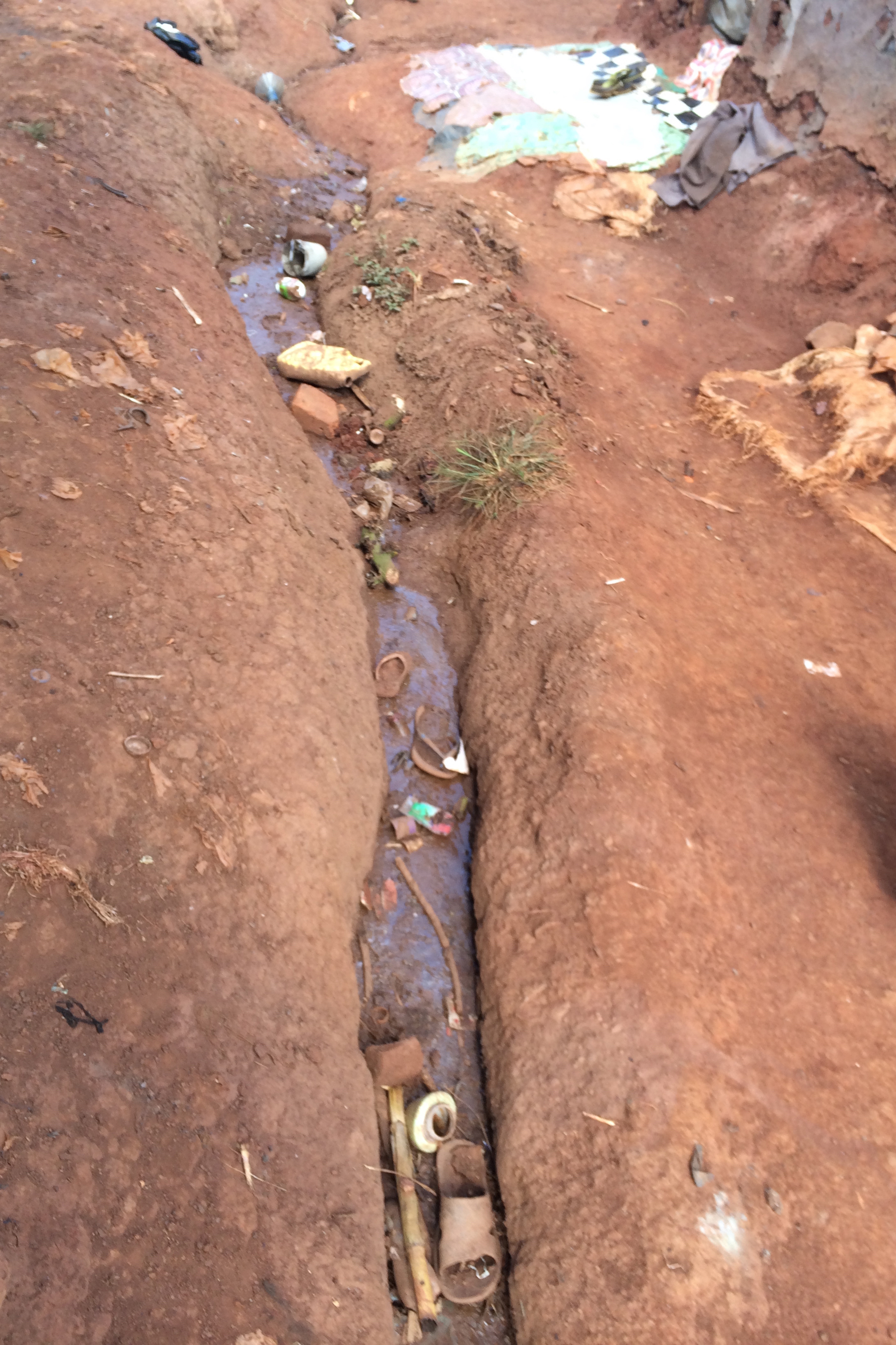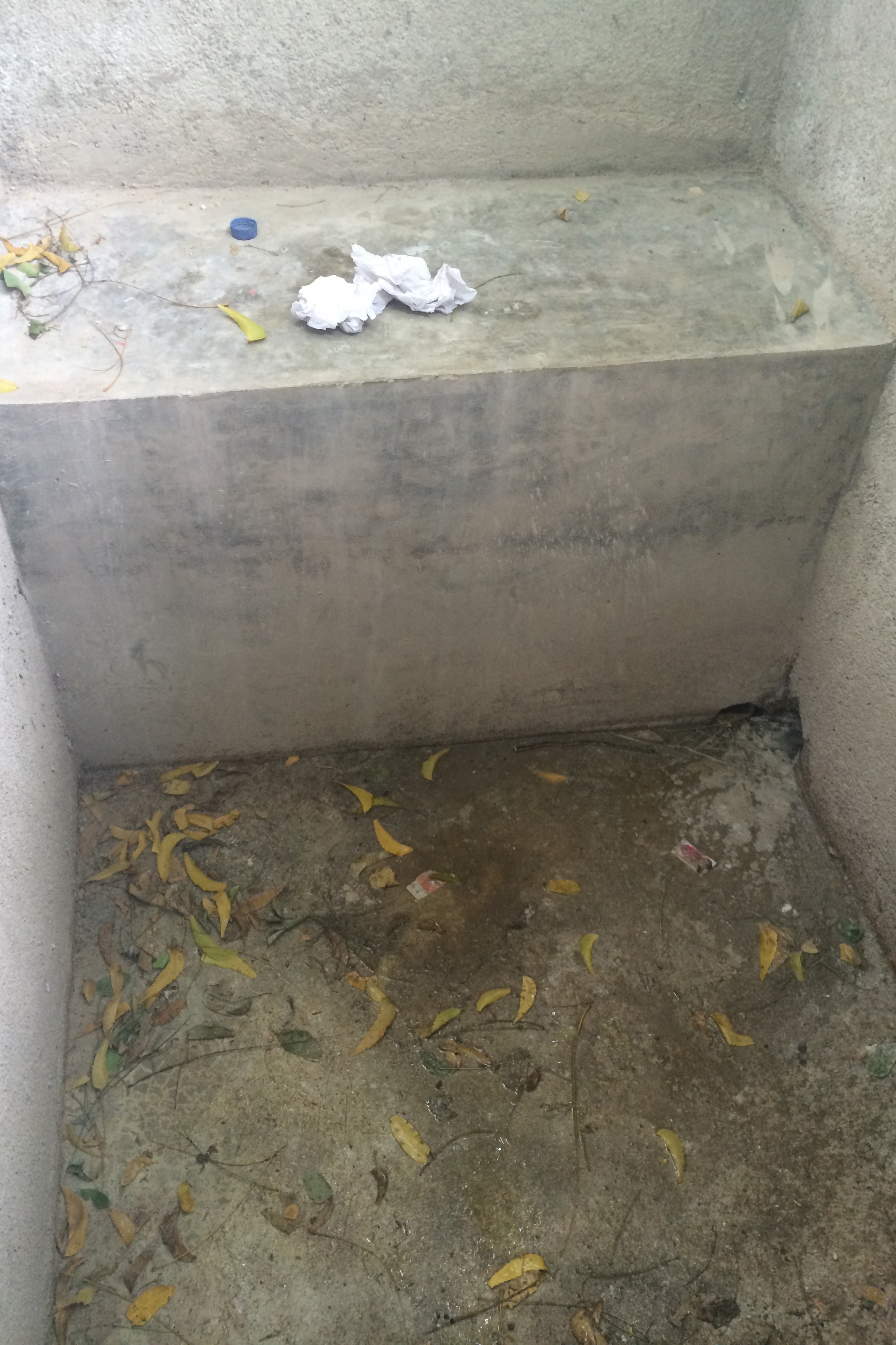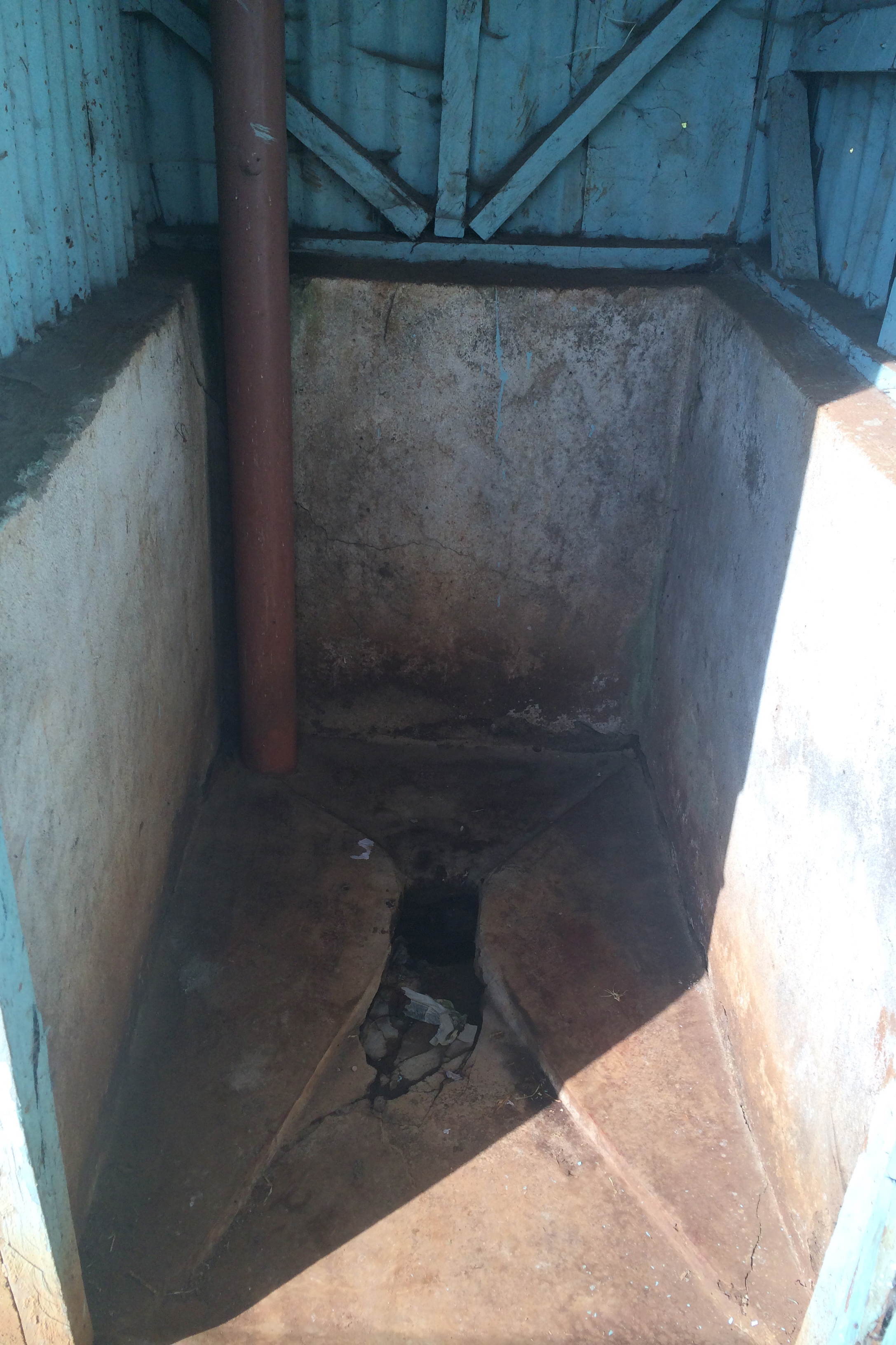
Many Heifer employees and guests to our project work can typically all agree that there is one major factor we all face that makes us a tiny bit uncomfortable: where to use the restroom. It is easy for us to make light of it during a field visit. We equip ourselves with tissues or toilet paper in case of an emergency and trust in local staff to guide us to the cleanest facilities. Because we stay on main roads, there are usually a handful of “rest stops” along most routes that allow us to use their facilities, sometimes with a small fee. It is a minor inconvenience that comes with the job.

So for the UN’s World Toilet Day this year, we took the liberty of gathering some photos of the many different options we come across in the field to use the restroom.
But for the families that Heifer provided livestock and training for, it isn’t just an inconvenience, it is a daily struggle. And, getting to actually sit on a toilet? They don’t call it a throne for nothing—it is a luxury for most. According to a report by the UN, “Of the world’s 7 billion people, 6 billion have mobile phones. However, only 4.5 billion have access to toilets or latrines—meaning that 2.5 billion people, mostly in rural areas, do not have proper sanitation. In addition, 1.1 billion people still defecate in the open.”

This is so easy for those of us in developed countries to take for granted! I worked in the field for a year in Peru. I traveled all over the country and in multiple temperate zones where I was exposed to every possible scenario for using the bathroom. It ranged from asking a restaurant to use theirs and being led to a tiny outhouse out back that I could smell 20 yards away, communities that share responsibility for a communal toilet in a central area that often amount to a bucket and curtain, to sneaking into a school with members of a women’s group because someone had to go No.2 and just couldn’t handle sneaking off into the woods to dig a hole. (And having to dig a hole is often one of the cleaner options.) One time, in the community of Ocongate in the Cusco region of Peru, I asked a local farmer if I could use his outhouse, but he said no, because a baby calf was in there staying warm in the sub-zero temperatures. Naturally.
.jpg)
The list of odd scenarios to go potty that one might face in these lesser-developed areas runs the gamut. I even take the use of the term “potty” for granted, as it implies an actual pot to go in. If you’re really lucky in rural areas, you get a well-designed outhouse over a deep enough hole, concrete pads and a small hole for waste. If you’re lucky.
This is a real problem; 1.1 billion people defecating in the open? While it may feel kind of uncomfortable and funny to talk about, the truth is, it leads to disease and death. And it isn’t just about providing the physical structures for people to use, it is about starting a conversation in the areas where this is a problem. People don’t always correlate their waste with disease, or with the connection to their water sources. Training and education are necessary for this issue to be addressed.
So what is Heifer doing about it? Lots!
Heifer has pioneered a “Healthy Homes” strategy in South America that we want to replicate in other areas. The Healthy Homes program is the only one of its kind in the world. It takes a holistic approach to space planning for families, and for communities that share resources. By rearranging floor plans—redesigning kitchens to keep food and animal meat separate and installing improved stoves with better pipes and filtration systems, as well as providing appropriate sanitation facilities and teaching women how to use natural methods to keep food cool and how to keep their homes and kitchens cleaner—the Healthy Homes program lowers the prevalence of food-borne illnesses, improves sanitation, keeps people warm during harsh winters and decreases the need to haul firewood or defecate outside. Heifer provides the materials needed to do all of this, in addition to providing the best types of latrines or outhouses or whatever is best for the family and community to use. Heifer trainings in these areas also change the conversation so that people understand the importance of proper sanitation for their individual and community’s health.
So for World Toilet Day 2015, you can support global sanitation and help Heifer International help more families by buying a $50 Healthy Home as one of your alternative gifts for the holidays. This helps us spread this program to other areas where needed. And if you can’t give, take just a minute today while you’re using the bathroom and remember just how lucky you are.